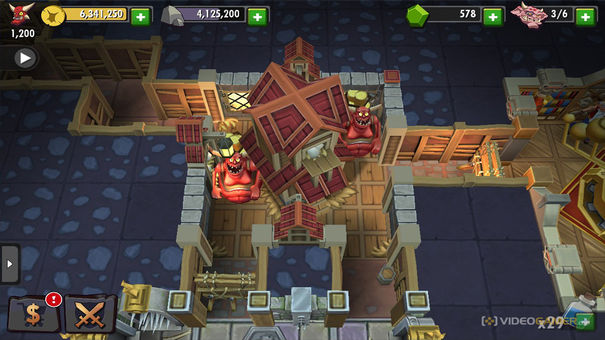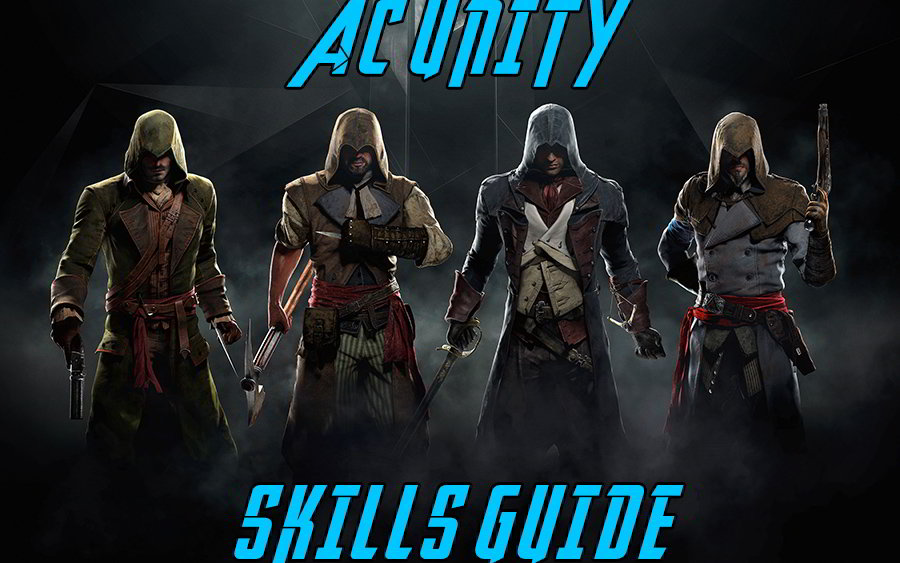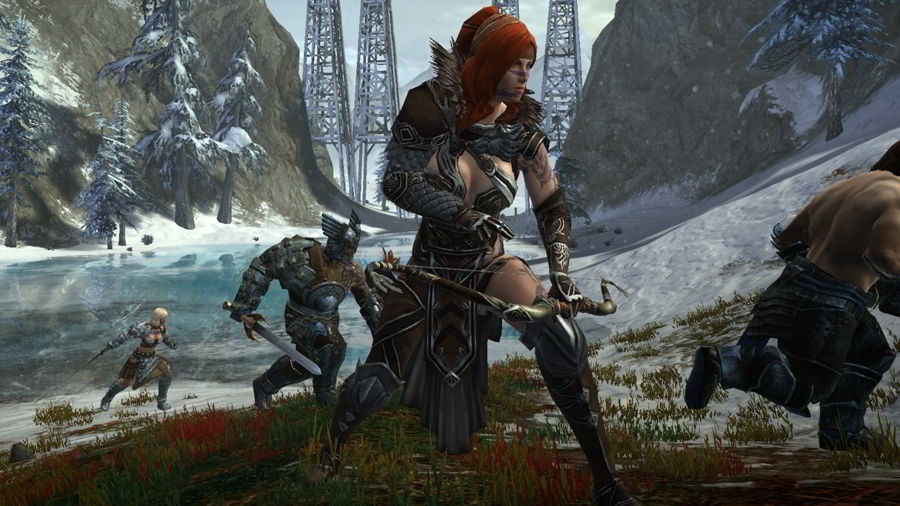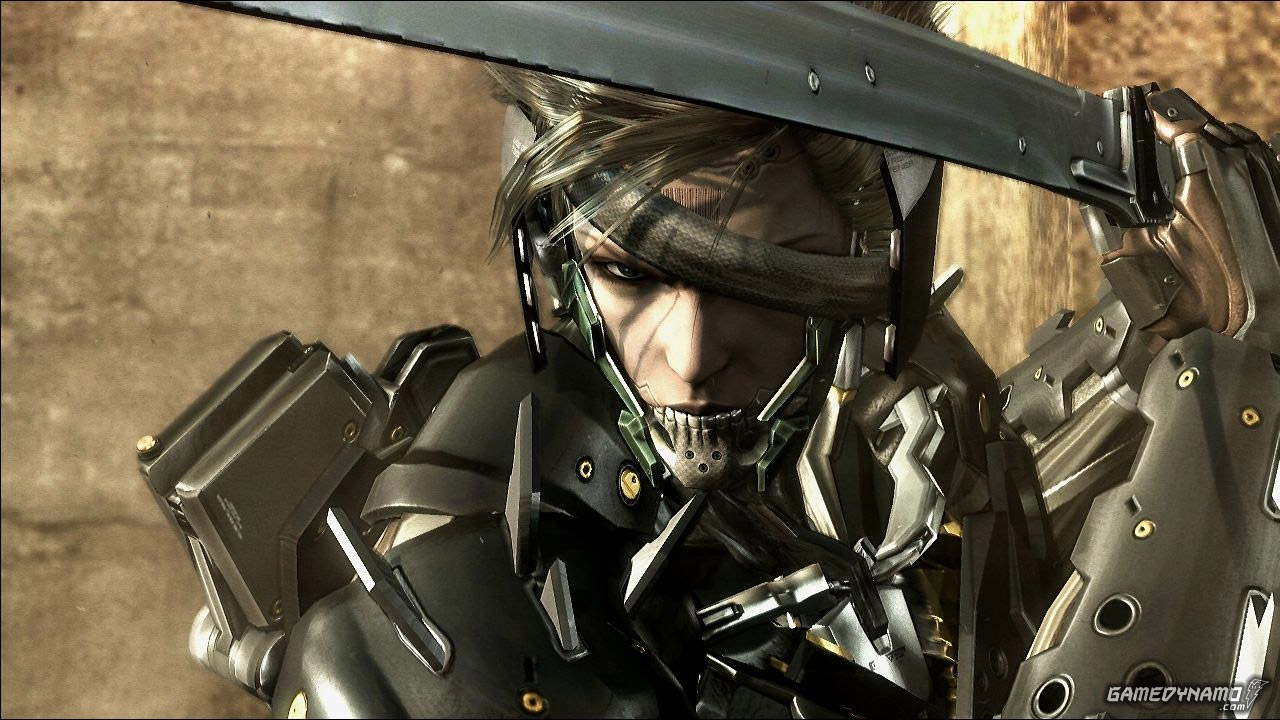



Bullfrog’s Dungeon Keeper and its sequel were innovative strategy games with a distinct personality and style. Influential designer Peter Molyneux’s input was limited on the sequel, but it streamlined the series with a move to full 3D and a focus on darkened humour. Macro/micro management had to be undertaken simultaneously and they were games you’d happily lose hours in. As your minions survived countless encounters and levelled-up, you couldn’t help but feel attached to them, and the same went for your immense dungeon.
A move to mobile could never capture that scale and detail, but there was the potential for an interesting experience that now feels like it’s been squandered on a free-to-play model hell-bent on profit. It’s a shame the Dungeon Keeper name has been attached to the mobile version as it’s now been dragged through the mud and trampled under hoof. If only it was called Time Vacuum or Gem Shafter, its callousness would’ve been easier to take.
It’s true to state that fans of the original games don’t own the franchise and aren’t owed anything but EA Mythic would’ve certainly known they would at least check out this version. There’s a good chance this is the first free-to-play game some people will play, solely because of its name and concept. Even an imp could’ve foreseen the ire that’d be drawn from such a sting.
Many potential players will likely abandon Dungeon Keeper after skimming over its surface and witnessing the life-sapping timers and emphasis on gem hawking. This is an appropriate response, made more difficult to take when you realise the title’s association with its predecessors is more than skin deep.
One thing the game does get right is the amount of time it takes to enter the subterranean fray. Once you’re a few hours in with a run of basic upgrades, it only takes ten minutes to summon an effective horde for use in raids and defence scenarios. The object of raids is to enter an enemy dungeon from its outskirts, battle through its traps and defenders, take over key rooms to act as further spawning points and then destroy its heart. If victorious you’ll be awarded a cut of resources and trophies although, unfortunately, any units you employed are lost (even if they survived the encounter).
Attacks take the form of either campaign raids with a set amount of loot and increasingly levelled up foes or raids on fellow players, with no guarantees over what you’ll come up against. During both types, unit selection and the time and location they’re employed is integral to victory or defeat. Your population cap can be increased by building/upgrading hatcheries and it’s crucial to do this to allow the inclusion of specialised units alongside your basic troop types. For instance, sending in trolls to take out traps with ranged support from warlocks will work at first, but later on without some heavy unit types like bile demons backing them up they’ll be pulped in seconds.
As the defender, you have access to pre-summoned units and spells such as exploding eggs and the ability to turn foes into chickens for a few seconds and slap them about. But the most crucial element in playing as a defender is the layout of your sprawling abode. Unless you want to start the weeks-long process of tunnelling through solid blocks, it’s easy to assume there’s not much room for the customisation of your own dungeon. But what little space you do have access to can be tweaked and shaped many times over, usually very cheaply as it costs nothing to re-fill empty squares and reposition rooms.

It wasn’t until I began raiding other players’ dungeons that I saw the weaknesses in the design of my own, and attempts to plunder each other’s supplies can also serve as a free exchange of design ideas. For instance, it’s vital to recognise the path your enemies will likely take en-route to your dungeon heart, and make it as difficult as possible for them with consideration paid to trap locations, corridor shapes and room proximity. One opponent’s dungeon was modeled around a single, winding corridor with some absolutely punishing trap and room combinations every step of the way.
It’s also important to realise which rooms can and can’t defend themselves, with your workshop and dark library being particularly hardy while your storage rooms are wide open unless you fortify them. Early trap combinations are crucial in keeping aggressors at bay: for instance, cannons should be positioned at long corridor junctions to maximise their range while spike traps are best loaded at frequented squares and outside doors to ensure they impale as many feet as possible. Some traps are only single use and must be replaced after every skirmish. Luckily, at this point, there’s no resource or time charge on moving traps around at will to find out which setup works best.
The game can be played without spending real money, but everything within is targeted at subverting this notion. It’s all very well for EA's Jeff Skalski to claim the game’s “meant to be played on the go multiple times a day with a few minutes here or there,” but the reality is the experience has been designed to keep you playing, and spending, as much as possible. It’s a parasitical entity you either get rid of or live with. As it’s always on, you’re given constant updates about what’s happening when you’re not playing it. This serves to keep it in your mind and keep your attention linked to your dungeon heart.
Overall dungeon upgrades, ranging from increasing your plunder rewards or protecting your dungeon against other players, cost hundreds of gems, but only last for a certain number of days. To have any kind of chance against other players who’ve fully committed, you’d have to spend hundreds of gems a week. Messages displayed when you’re out of the game inform you your imps need to be slapped (every 30 minutes), your dungeon’s been sacked by another keeper (survey the damage and retaliate now) or that an upgrade has finished (you now have an imp doing nothing).
If only less severe decisions had been taken, EA Mythic could’ve potentially recruited both the old school fans and legions of mobile gamers to the fold. It’s fascinating watching their transparent excuses and attempts to dodge criticism. But then, who are we to complain? After all, the series’ whole ethos has always been ‘Evil is Good’…




 Grand Theft Auto 5 Guide: Assassination Missions Guide
Grand Theft Auto 5 Guide: Assassination Missions Guide Dragon Age Inquisition: Crestwood Side Quest Guide
Dragon Age Inquisition: Crestwood Side Quest Guide Top 10 Space Strategy Games for PC
Top 10 Space Strategy Games for PC Sleeping Dogs Listening In Mission Walkthrough - GamersHeroes
Sleeping Dogs Listening In Mission Walkthrough - GamersHeroes Metal Gear Solid Rising: Revengeance – Men-in-Boxes Guide
Metal Gear Solid Rising: Revengeance – Men-in-Boxes Guide